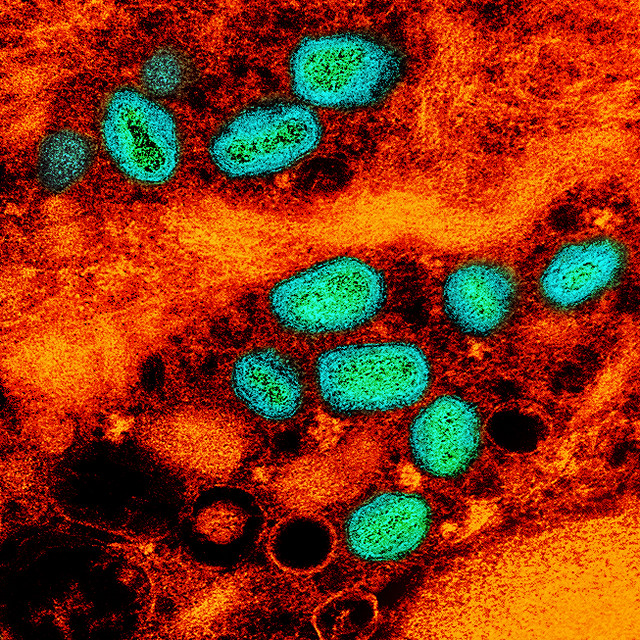The World Health Organization (WHO) said today that more than a dozen cases of invasive meningococcal disease (IMD) have been linked to a religious pilgrimage to Mecca in Saudi Arabia.
In a disease outbreak update, the WHO said Saudi officials reported 11 confirmed cases of IMD on March 13. All 11 cases were associated with pilgrims who had performed Umrah in Saudi Arabia from January 7 to March 12. All case-patients received treatment in Saudi Arabia and have fully recovered.
In addition, officials with the WHO Eastern Mediterranean Regional office reported six isolated cases of IMD among people who had recently returned from Umrah.
IMD is a life-threatening bacterial infection caused by Neisseria meningitidis. Symptoms can include sepsis and meningitis and can progress rapidly without prompt, appropriate treatment. Outbreaks are more likely to occur in settings that promote transmission of infection, such as religious pilgrimages like Hajj and Umrah.
Low vaccine compliance
The WHO notes that while Saudi Arabia has required quadrivalent (four-strain) meningococcal vaccination prior to traveling to the kingdom for Hajj and Umrah in recent years, vaccination compliance for Umrah has declined over the past 2 years, with only 54% of international Umrah pilgrims complying as of March 10.
"Given the recent notification of these cases linked to Umrah, WHO strongly advises all individuals planning to attend mass gatherings such as Hajj and Umrah to receive vaccination against meningococcal disease at least 10 days prior to travel," the agency said.
Last year, 12 cases of IMD associated with Umrah and/or pilgrimage to Saudi Arabia were reported by US, UK, and French officials.













